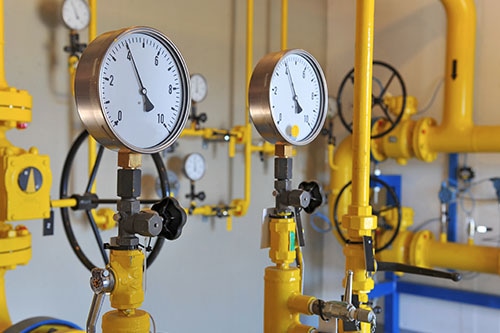
You can’t see it.
You can’t smell it.
You can’t taste it.
You might never even know it is there, but carbon monoxide is a very real threat to your health. The build-up of carbon monoxide can cause illness or, in some cases, even death. It all depends on the concentration and the amount of time you have been exposed to the gas.
There are small amounts of carbon monoxide in the air when certain natural resources are burned, but typically not enough to cause harm. Carbon monoxide can be more lethal if the heating system or chimney in your own is not functioning properly, allowing a build-up of gas.
In the event of a carbon monoxide build-up in your home, the effects can often feel like symptoms of the flu. Headaches, feeling tired, dizziness and stomach illness are all commonly associated with people exposed to large amounts of carbon monoxide.
Keep your home safe from a carbon monoxide leak with a few important safety tips:
- Check the fuel-burning appliances in your home. Ensuring that your gas or oil furnace, water heater, gas range, space heater and other appliances are functioning properly is an important preventative measure and help avert a potential build-up of carbon monoxide.
- Install carbon monoxide detectors. The U.S. Consumer Product Safety Commission recommends placing detectors in every area of your house. These allow for early detection of a carbon monoxide build-up and will alert you if the gas levels are dangerously high. It is also important to regularly check the batteries in the detectors.
- Be smart about what you keep in your garage. Vehicles, lawnmowers, snow blowers and other gasoline-powered engines should not be allowed to idle in the garage, especially if that garage is attached to your home. Doing so can be hazardous.
If you believe a carbon monoxide build-up has occurred, open all of the doors and windows, call an emergency service provider and leave your home until help arrives.